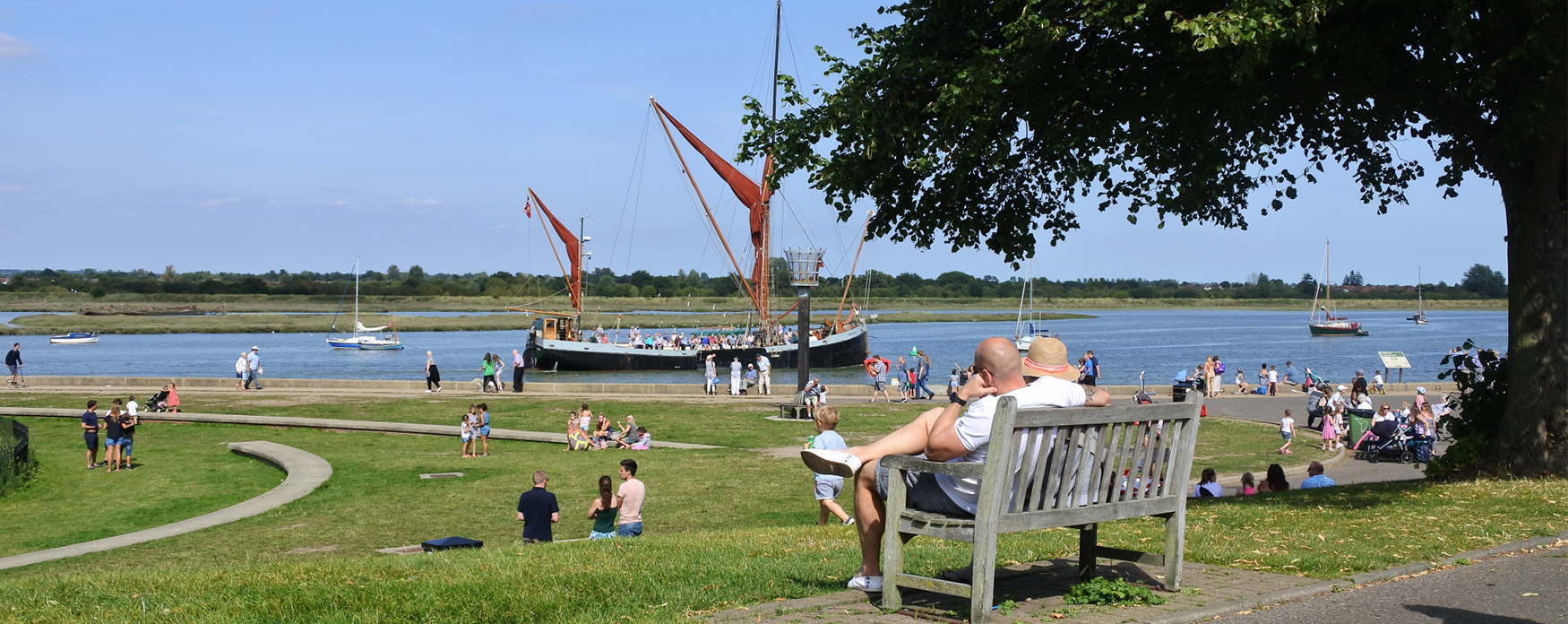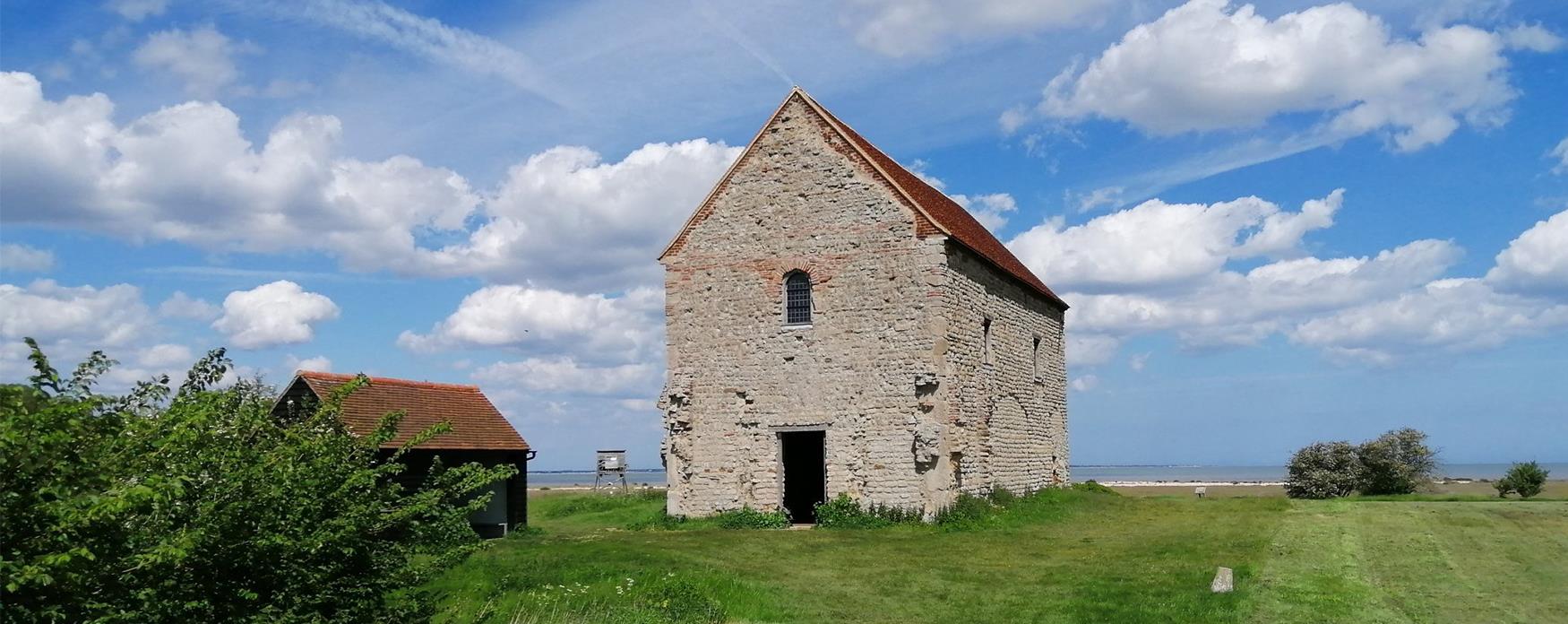
Facing the ‘Low Countries’ across the North Sea, Essex has throughout the centuries been shaped by a wide variety of cultures, from Ancient Britons, Danes, Saxons, Normans, Vikings and Romans, all have left their mark on the county.
Travel through Essex and the centuries and you can still see their influence today, whether it’s the castle in the old Roman capital of Colchester, to the Saxon Chapel - St. Peter’s-on-the-Wall - in Bradwell-on-Sea, to the largest Norman keep at Hedingham Castle and Gardens.
With a rich cultural history and heritage, Essex was also important during the industrial age.
Crooked timber-framed houses and vast beautifully decorated churches stand throughout the county as testament to the medieval wool trade, which brought great prosperity to the region. Traces of more recent industries also remain, from gunpowder factories to utopian workers’ towns.
The county’s beauty has been captured by the famous artist John Constable, from the heart of Essex, Marconi first broadcast its wireless waves which changed history from his factory in Chelmsford, it’s southern boundary is on the bank of the Thames - the busiest waterway in the world - while the eastern shore has been the bastion against the North Sea and the threat of invasion throughout the centuries.
With the Wormingford 'dragon', Gustav Holst composing ‘The Planets’ while living in Thaxted, Great Dunmow and the Flitch Way - famous for it’s flitch of Bacon – St. Peter’s-on-the-Wall chapel in Bradwell-on-Sea, built in 650AD, Colchester castle which was burnt by Boadicea, the Layer Marney Tower with its entrance to rival Hampton Court, Essex is steeped in fascinating facts.
Travel back through time and discover Defensive Forts and Castles, Architecture through the Ages, Radical Essex, American connections and much more of the county's heritage with Visit Essex.

 next to an item to add it to your Itinerary basket. You will then be able to save, download, or share your itinerary.
next to an item to add it to your Itinerary basket. You will then be able to save, download, or share your itinerary.








